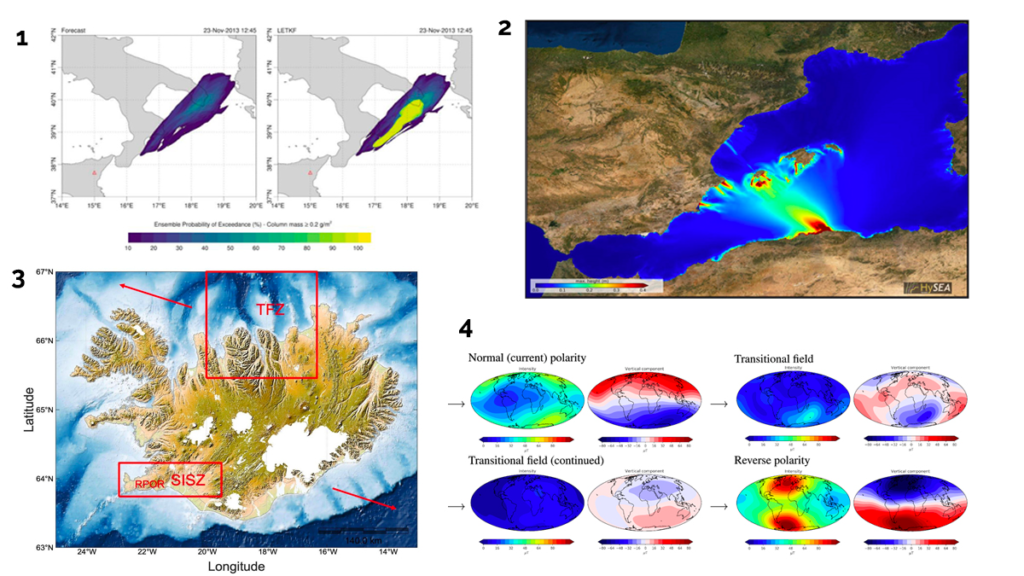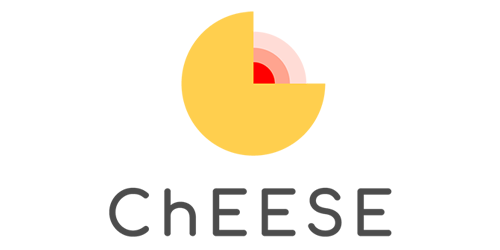ChEESE addresses extreme computing scientific and societal challenges in Solid Earth by harnessing European institutions in charge of operational monitoring networks, tier-0 supercomputing centres, academia, hardware developers and third-parties from SMEs, industry and public-governance. The scientific challenge is to prepare 10 open-source flag-ship codes to solve Exascale capacity and capability problems on computational seismology, magnetohydrodynamics, physical volcanology, tsunamis, and data analysis and predictive techniques from monitoring earth-quake and volcanic activity. The selected codes are periodically audited and optimized at both intranode level (including heterogeneous computing nodes) and internode level on heterogeneous hardware prototypes for the upcoming Exascale architectures, thereby ensuring commitment with a co-design approach. Preparation to Exascale considers also aspects like workflows like data management and sharing, I/O, post-process and visualization. Additionally, ChEESE has developed WMS-light, an open source workflow management system for the geoscience community that supports a wide range of typical HPC application scenarios and is easy to use and integrate with existing workflow setups.
In parallel with these transversal activities, ChEESE supports three vertical pillars.
First, it develops pilot demonstrators for challenging scientific problems requiring of Exascale computing in alignment with the vision of European Exascale roadmaps. This includes near real-time seismic simulations and full-wave inversion, ensemble-based volcanic ash dispersal forecasts, faster than real-time tsunami simulations or physics-based hazard assessments for earthquakes, volcanoes and tsunamis.
Second, some pilots are also intended for enabling of operational services requiring of extreme HPC on urgent computing, early warning forecast of geohazards, hazard assessment and data analytics. Pilots with a higher Technology Readiness Level (TRL) will be tested in an operational environment in collaboration with a broader user’s community. Additionally, and in collaboration with the European Plate Observing System (EPOS) and Collaborative Data Infrastructure (EUDAT), ChEESE will promote and facilitate the integration of HPC services to widen the access to codes and fostering transfer of know-how to Solid Earth community.
Finally, the third pillar of ChEESE acts as a hub to foster HPC across the Solid Earth Community and related stakeholders and to provide specialized training on services and capacity building measures. Training courses ChEESE has organized include: Modelling tsunamis and volcanic plumes using European flagship codes, Advanced training on HPC for computational seismology and Tools and techniques to quickly improve performances of HPC applications in Solid Earth.





